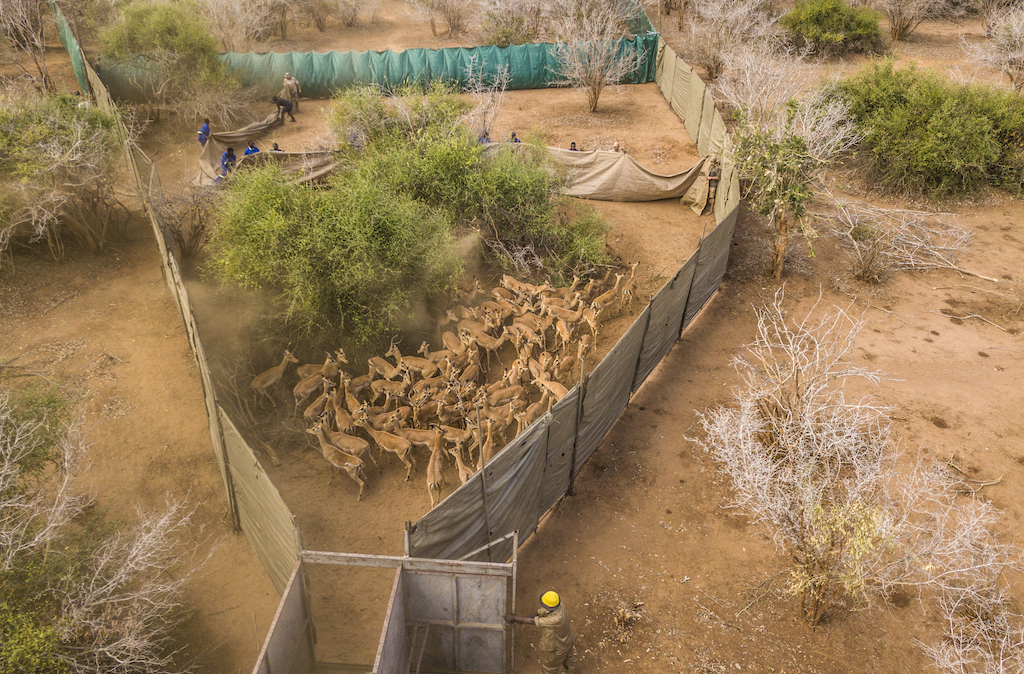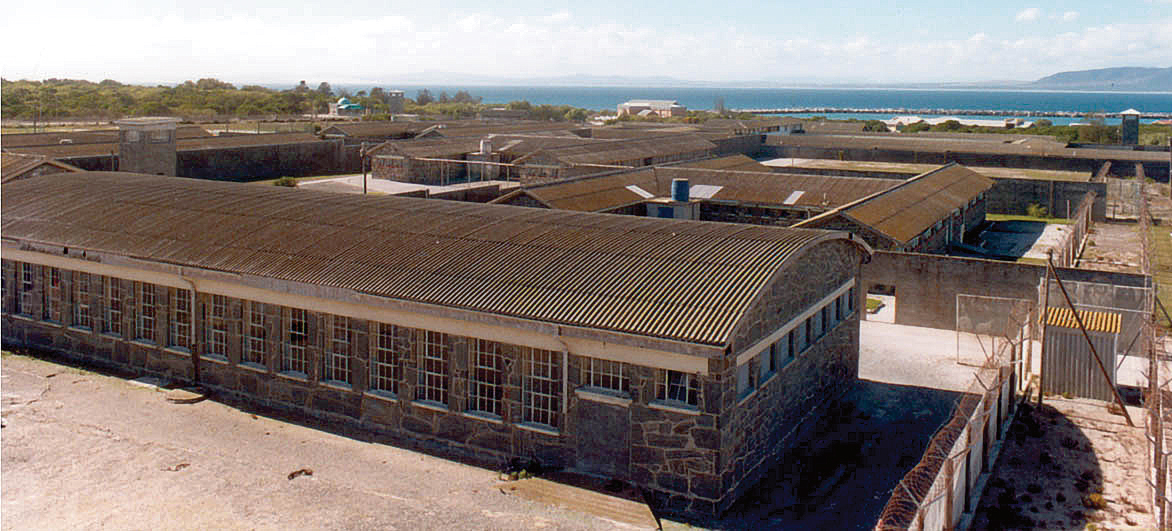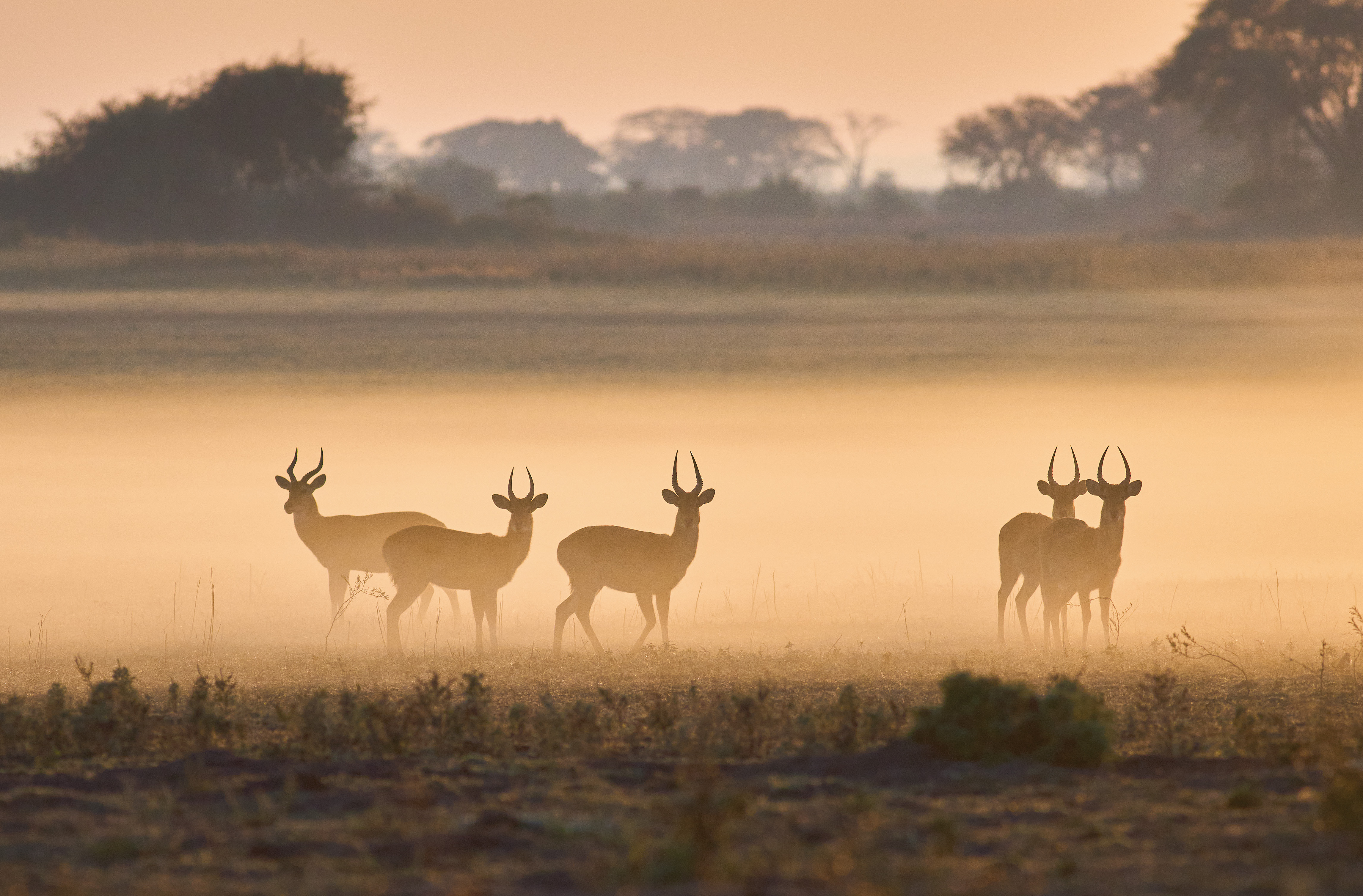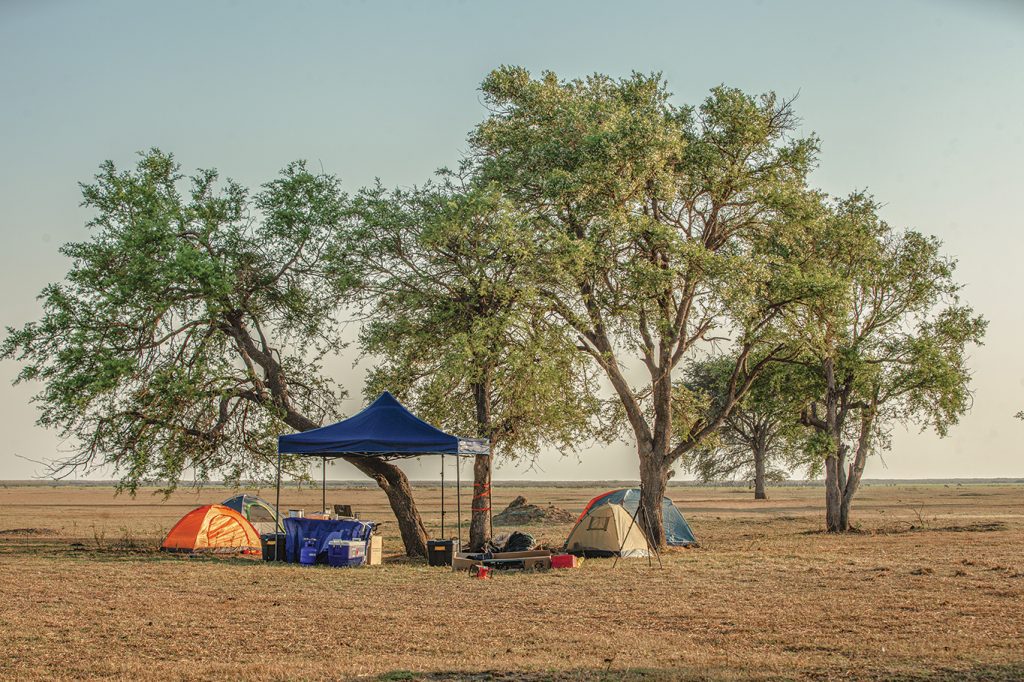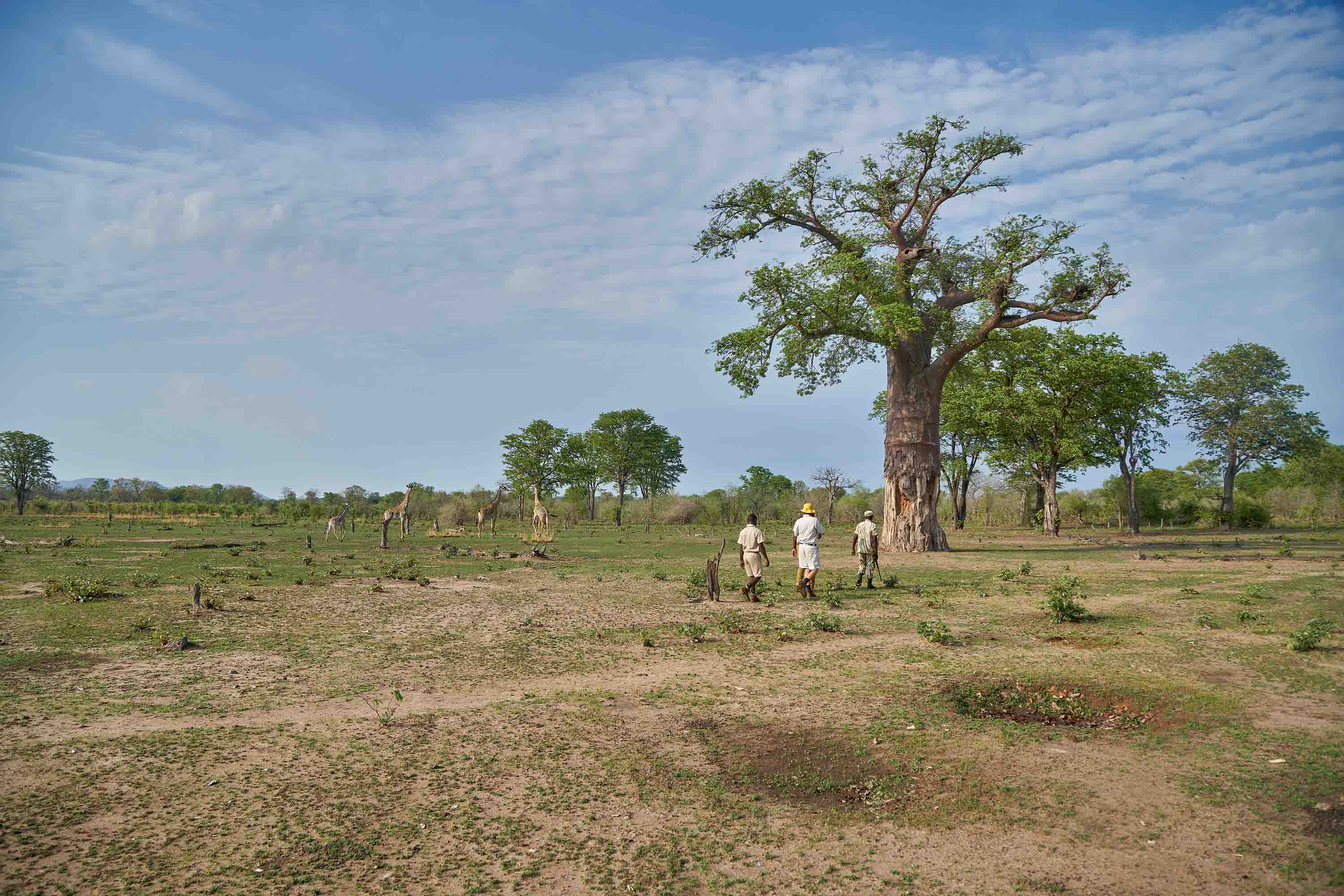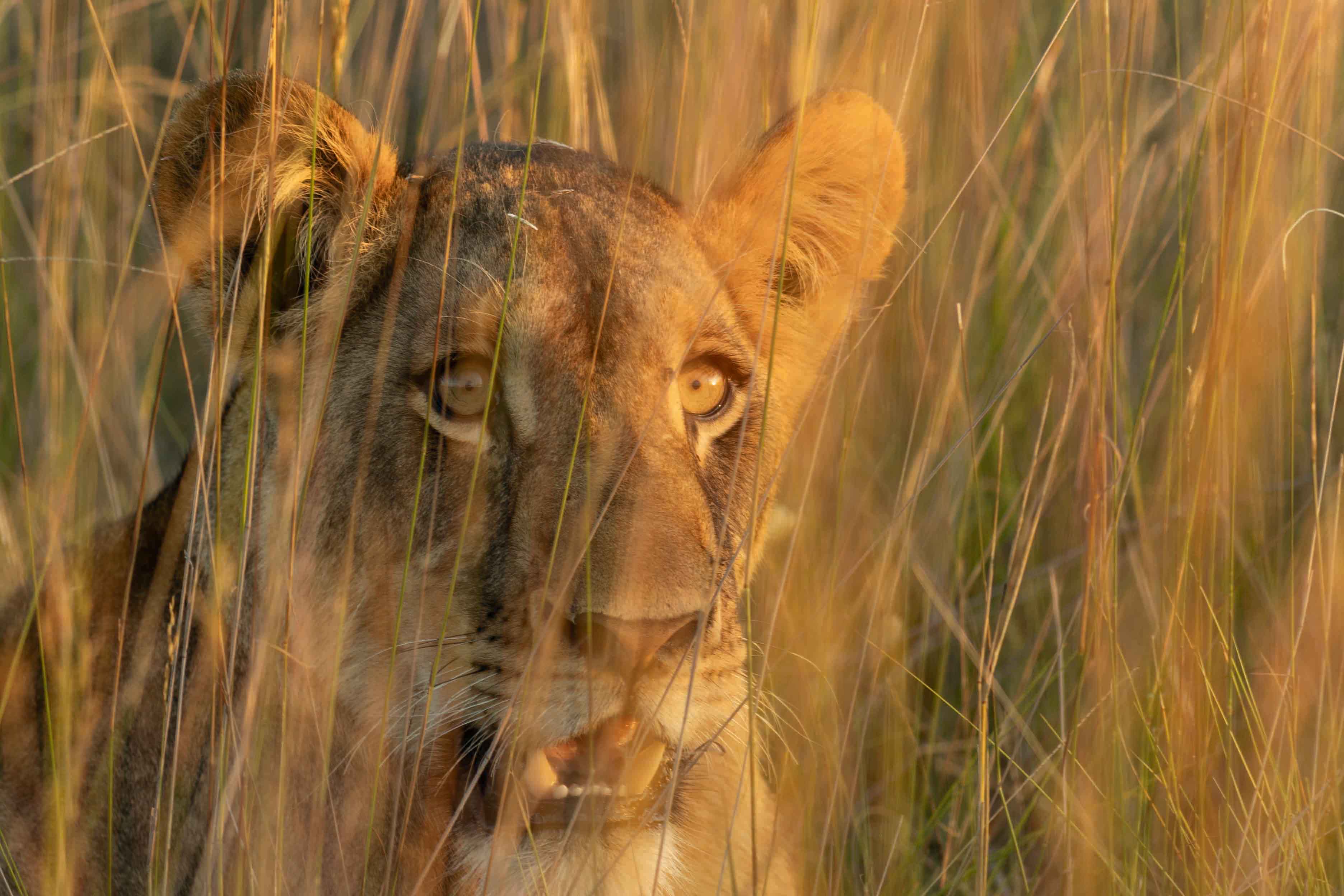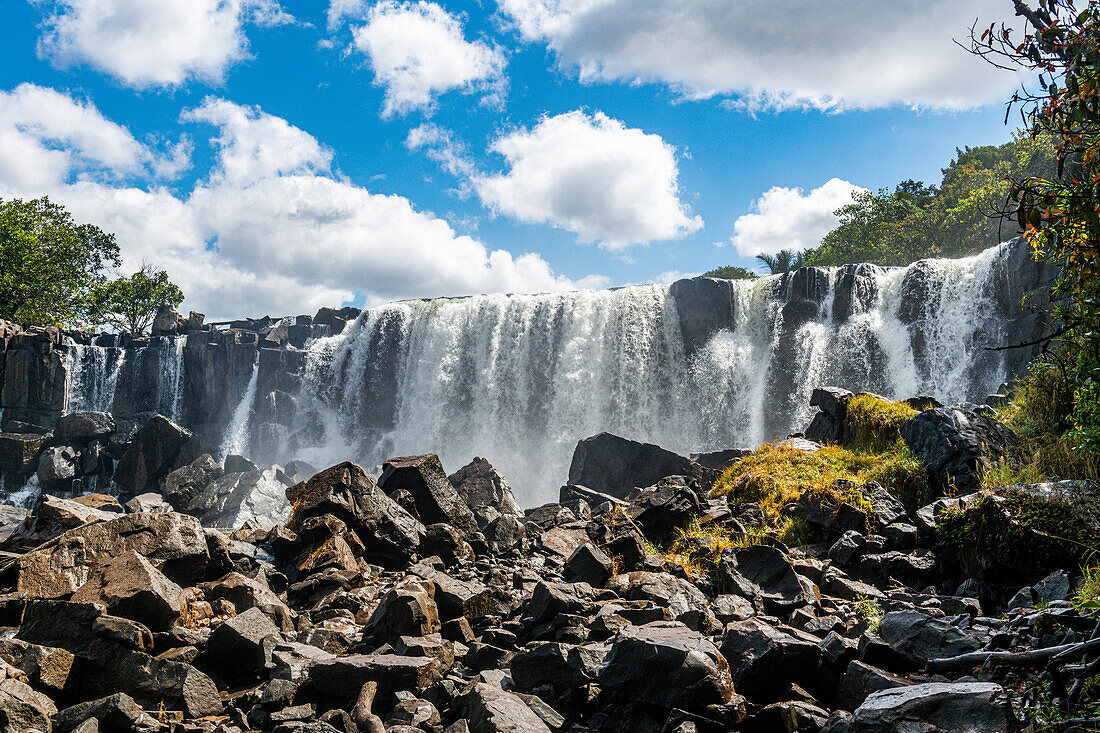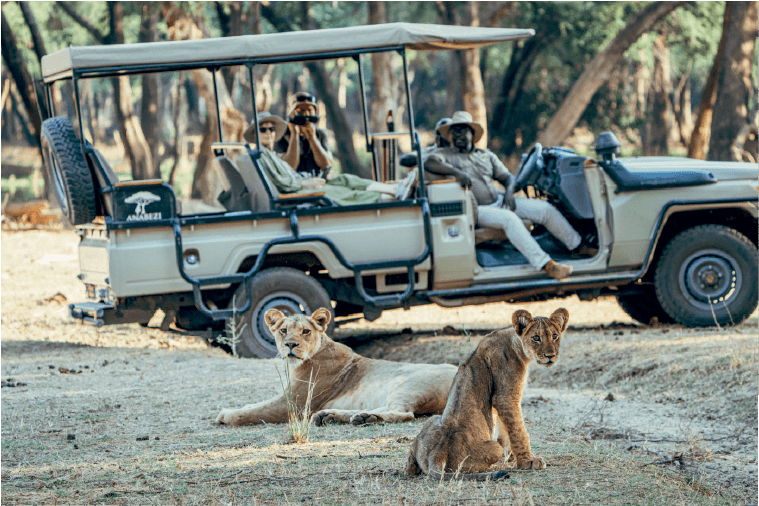National parks offer protection to some of the most remarkable areas of natural heritage, with scenes of amazing wildlife and some stunning landscapes. Together with other protected areas, they act as a refuge for species and benefit us economically by attracting tourists.
Visits to national parks can have a positive effect on our physical and emotional health. In our increasingly frenetic world, parks are important sanctuaries where people can take time out, enjoy nature and relax, whilst nature’s inherent beauty serves as a source of artistic, creative and spiritual inspiration.
Our national parks also serve as a natural history book dating back thousands of years. By protecting these vital and fragile areas, the traces of this natural history extending can be conserved for future generations.

With an estimated area of 5,276 square kilometers, the Sioma Ngwezi National Park, located in Sesheke and Sioma districts of Western Province, is Zambia’s third largest national park. The Zambezi River flows past the eastern side of Sioma Ngwezi National Park. Like most national parks in Zambia, Sioma Ngwezi is unfenced allowing for free movement of animals and is surrounded by buffer zones where hunting is regulated, called Game Management Areas (GMAs). The park borders both Angola and Namibia and is part of the contiguous set of protected areas all falling within the Kavango Zambezi Transfrontier Conservation Area (KAZA TFCA).
Many years ago, before the liberation wars in Angola and Namibia, Sioma Ngwezi was once a vibrant park. However, during and after the wars, the area succumbed to heavy poaching, leading to a serious decline of wildlife populations in the park. The declining numbers of wildlife in the park resulted in low tourist numbers in the area, which affected the local economy. If well stocked and managed, the Sioma Ngwezi National Park, would contribute significantly to the socio-economic development of Sioma District and the country at large, through enhanced tourism.

In an effort to establish a world-class transfrontier conservation and tourism destination in the South-West corner of Zambia, the government through the Ministry of Tourism, the Department of National Parks and Wildlife (DNPW) working with the World Wide Fund for Nature (WWF) in Zambia embarked on a plan to restock wildlife populations in the Sioma Ngwezi National Park through the reintroduction of species.
WWF Zambia recently supported a large scale capture and translocation of 200 impalas from Lower Zambezi to Sioma Ngwezi National Park. The operation comprised of three DNPW wildlife veterinarians who were responsible for the safety of the wildlife by collecting blood samples and providing health checks; ecologists from both national parks were present to determine the environmental effects of wildlife from the capture site to the destination area; the operations also included some of DNPW’s most experienced wildlife police officers. The team supervised the capture of the animals in the Boma and accompanied the translocation trucks along the 700 kilometre journey from Lower Zambezi to Sioma Ngwezi and witnessed the release of wildlife into the Intensive Protective Zone (IPZ). The IPZ is a 1km x 1km enclosure constructed by WWF to house recently translocated animals for several weeks, allowing them to acclimatise to their new environment and be monitored by ecologists and wildlife veterinarians.

Wildlife translocations have historically assisted in re-establishing species in areas of extinction. Since 2017, WWF Zambia has supported translocation of over 500 species to Sioma Ngwezi National Park comprising of sable, buffalo, impala and wildebeest. The selection of these species is key to attracting carnivores to the national park; additionally, species such as the impala have a high reproduction and survival rate.
The restocking exercise is helping to improve wildlife recovery, this is evident at the southeast border where elephants have re-established an old migration route, now very visible with several tracks in a corridor extending over more than one kilometre.
Tourism continues to play a pivotal role in the socio-economic development of Zambia, accounting for about 4.6 per cent of the country’s GDP. Through tourism, businesses are developed and jobs created, especially in communities with low agricultural potential. Local communities are more likely to get involved in conservation when the benefits are tangible.
Communities from well-established national parks benefit from the revenue collected which is shared equally between the government and the local community. This is done through the Community Resource Boards (CRBs), who identify community needs and requirements such as schools and clinics.
Commenting on the restocking, Induna Sipangule of Sioma District explained that tourists are more likely to visit areas where wildlife is in abundance. In this way revenue is generated and can be used by the community to build schools and hospitals which benefit every community member. “In addition, jobs are created for community members who qualify for certain roles such as wildlife police officer, ranger, thus reducing or curbing illegal hunting,” Induna Sipangule added.
The beauty about Sioma Ngwezi National Park is that it lies strategically between Livingstone, Zambia’s top tourism destination, and Liuwa National Park. Sioma Ngwezi National Park has not reached its full potential as a tourism destination but the restocking of wildlife can change this. Additionally, more concerted, vigilant conservation efforts means the flora and fauna of the park will thrive.
